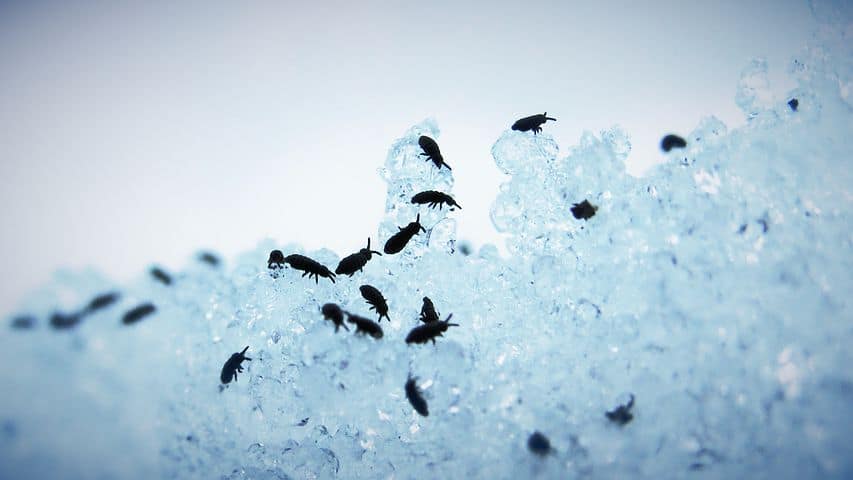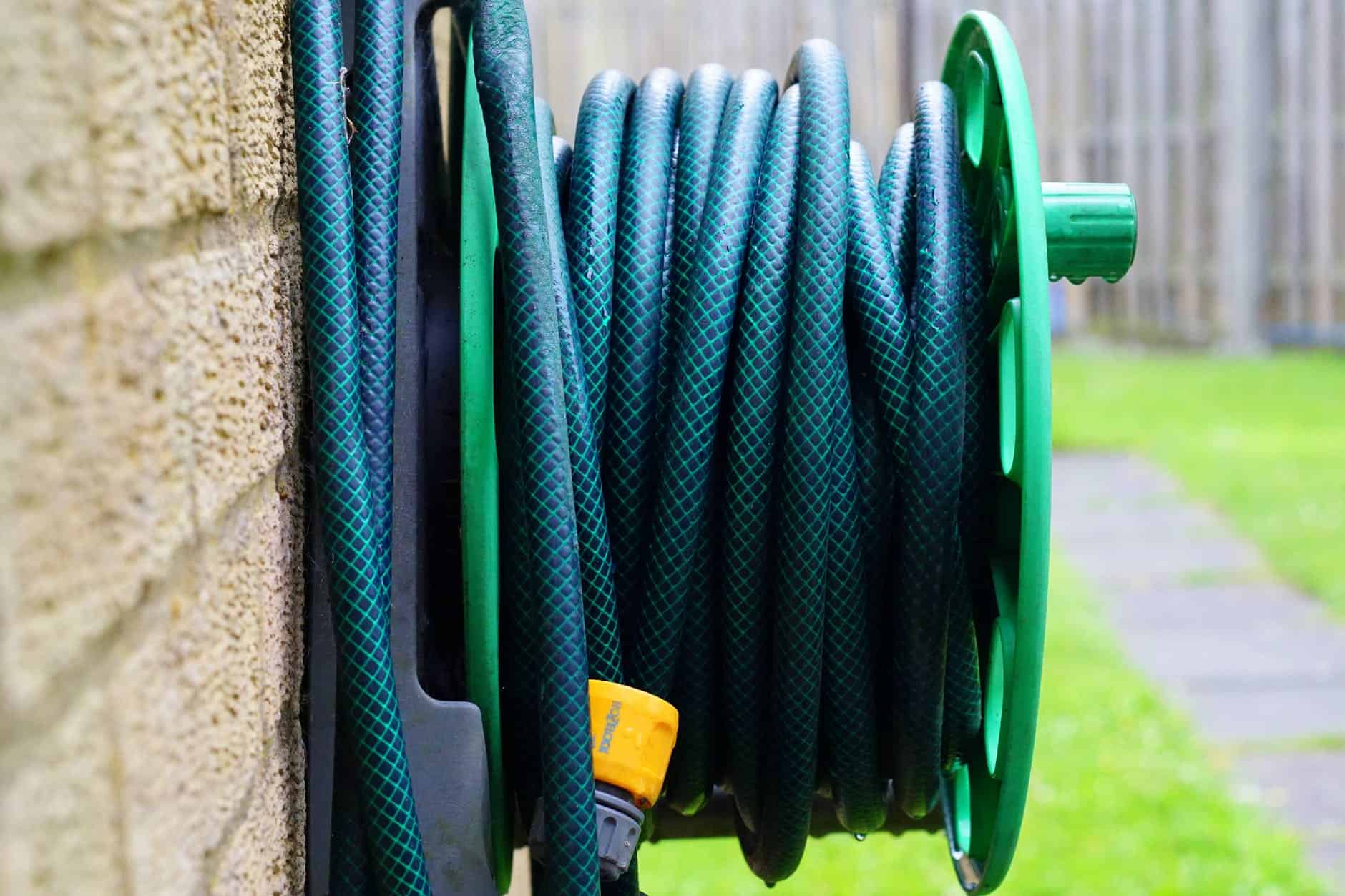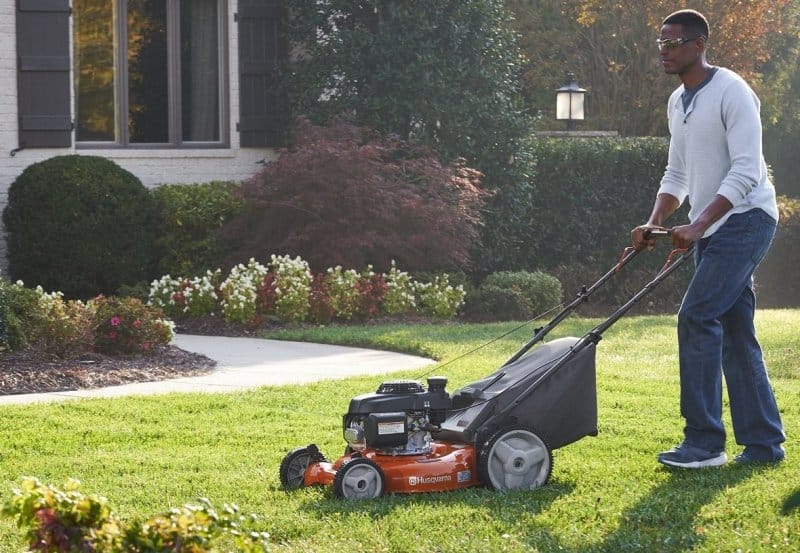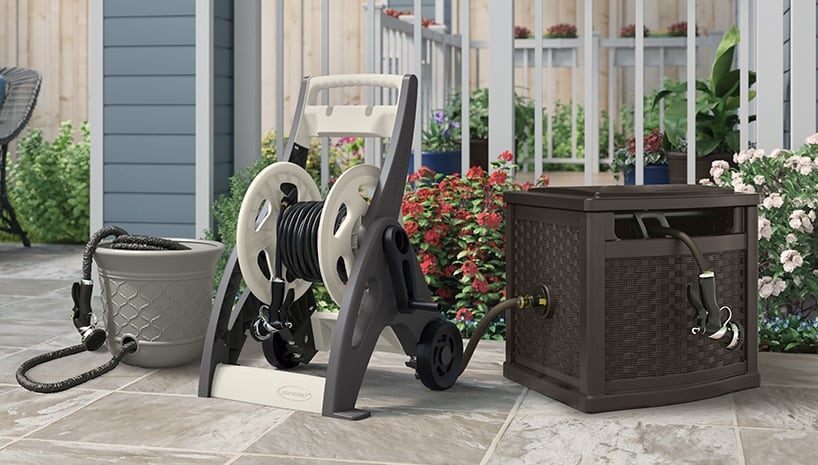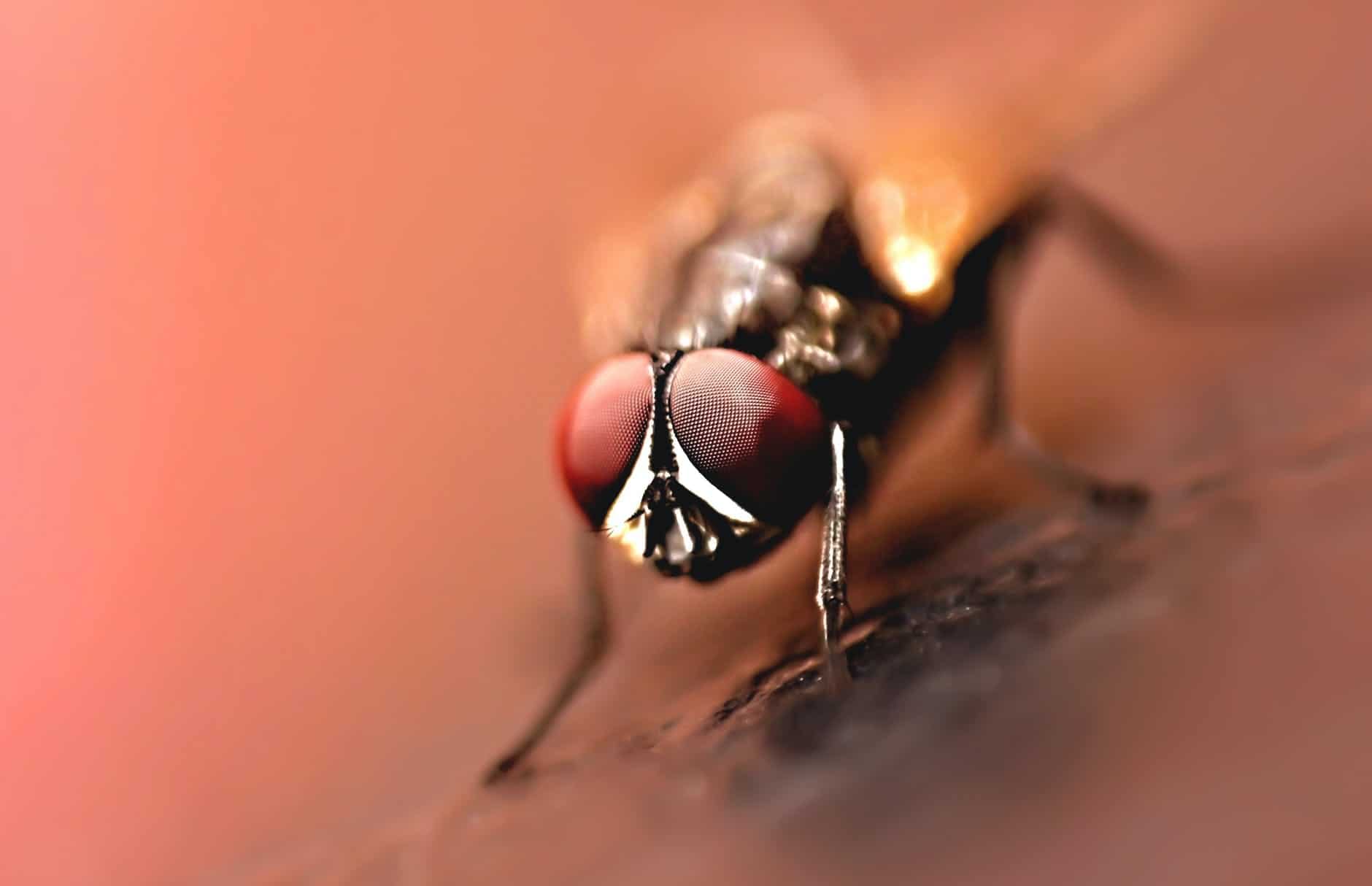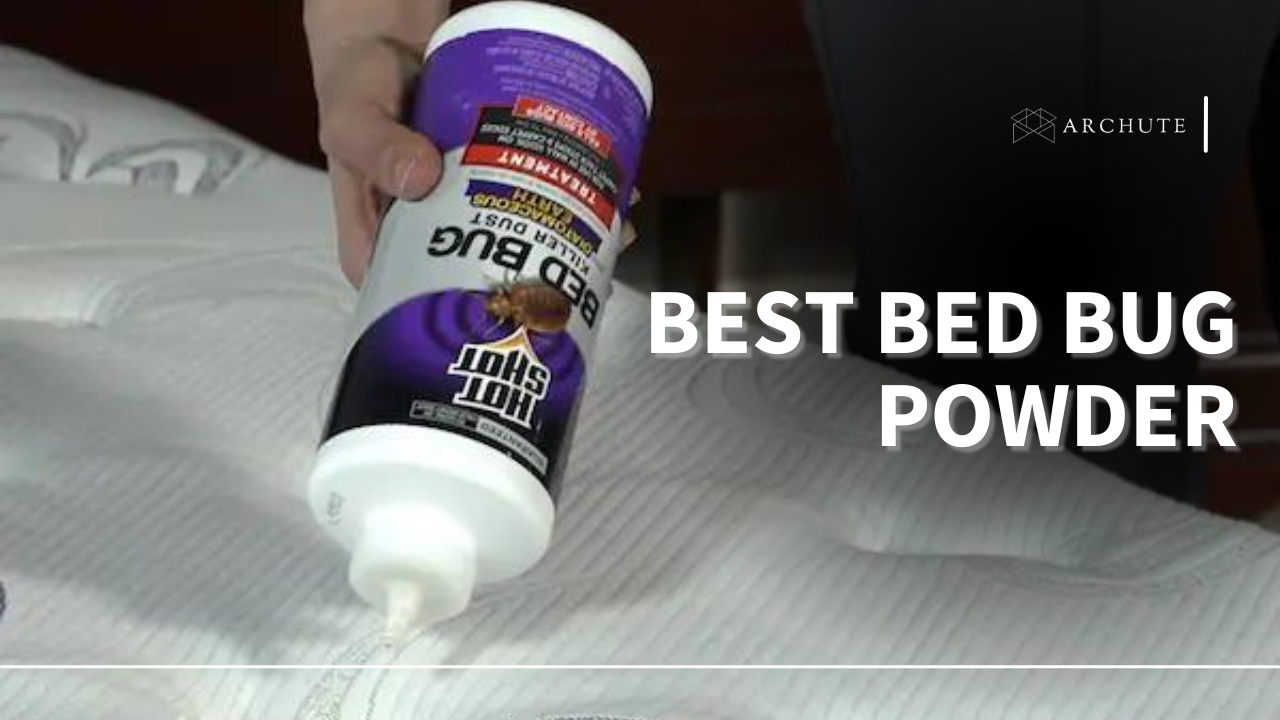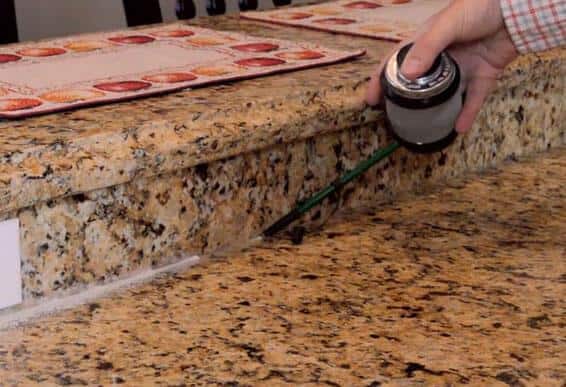Most people mistake springtails for other insects because they are small and have three pairs of legs. If you don't know what type of pests you want to remove from your home, your efforts won't give you the results you need. That's why it's necessary to learn what springtails are, how to identify them, and different springtail control methods. This post will teach you how to get rid of springtails in detail.
Let's get started!
What are Springtails?
If you are hearing about springtail bugs for the first time, you're probably surprised to learn that they exist. These tiny wingless insects are commonly drawn to moist environments and occur in multitudes.
They don't pose any threats since they don't bite humans or damage your property. Nevertheless, when they are in large numbers inside your home, you might not feel too cozy. That's why it's necessary to learn how to identify a springtail infestation so that you start springtail control immediately.
How to Identify Springtails
Springtail bugs can grow to 2 mm in length and have six legs like other insects. They have an internal chewing mechanism for ingesting liquids from fungi, leaf mold, and organic matter. Springtails exist in different colors, including grey, black, white, orange, red, and mottled. Most people confuse these creatures with fleas or ants because of their small size, but there are many physical differences.
The most distinct characteristic of springtails is their bi-forked appendage which protrudes from the fourth segment of the abdomen called a furcula. Springtails snap the furcula downwards to propel themselves across the air in a spring-like motion. They usually use this move to evade predators or danger.
Common Springtail Hideouts
When indoors, springtail prefer dark, moist, and secluded locations. This means you could find them in areas like under kitchen or bathroom sinks, in porous basement walls, or attics. They can also hide on wood decks or potted plants where some species feast on the exposed root crowns of the plants.
You'll also find springtails where there are leaky pipes or near irrigated areas like lawns or indoor plants.
Outdoors, excess moisture and humidity also attract springtails. You can easily find them among leaf litter, decaying vegetation, or moist soil. When they infest, you'll see hundreds of them in places they find conducive.
Full Guide on How to Get Rid of Springtails
Now that you know how to identify springtails, you'll need to conduct thorough inspections inside and outside your home. This will ensure you can direct your pest control efforts in the right place for maximum effectiveness. So here's a guide on how to kill springtails and maintain a pest-free home.
1. How to Get Rid of Springtails in Soil
The soil inside and outside your home is a potential attraction for springtail bugs. This is because the soil will regularly receive moisture because of irrigation, making the area suitable for springtail. As such, you'll want to keep inspecting your indoor plants to ensure an infestation isn't cooking in your home.
Since springtails can fit through tiny spaces in your foundation and wall voids, you should keep your plants and other organic material a good distance from these areas. If you discover that your potted plant is infested with springtails, you should take it outside and let the soil dry completely. Without moisture, the springtails will die.
You can also apply this method outside in the garden. If you have a springtail infestation outdoors, you should refrain from watering your plants until the soil is dry. This will ensure the springtails vacate in search of better conditions. Additionally, you should avoid adding compost piles and decaying matter to ensure you eliminate all the nesting sites before proceeding with your gardening.
2. How to Get Rid of Springtails in the Bathroom
An abundance of moisture in certain areas of your home, like your bathroom, can attract springtails. If you notice these pests around the bathroom section of your home, you'll have to eliminate the moisture as part of your indoor treatment. Unfortunately, this environment could promote the growth of mildew and mold, encouraging the presence of springtails.
You could identify the cause of the moisture to be leaking pipes or plumbing issues. If so, you'll need to remove the mold and mildew first before fixing the cause of the leak. Once you resolve the problem, you'll need to keep the bathroom clean to ensure the springtails don't come back.
3. How to Get Rid of Springtails in the Kitchen
Another place you can find a springtail infestation is in your kitchen. Since you have plumbing in your kitchen, the areas under the sinks could accumulate moisture if not properly maintained. You'll need to identify the source of the excess moisture and repair it to ensure you don't attract these pests.
Fungus or mold growth on the area under kitchen sinks can also promote springtails. You'll need to get rid of the mold to ensure the springtails don't have sustenance. We recommend you avoid using chemical treatments inside your kitchen since it could cause contamination of your utensils and appliances.
4. How to Get Rid of Springtails Naturally
While there are many chemical options on the market, you might want to use organic methods of springtail control. So, in this section, we'll discuss how to eliminate a springtail infestation with natural means. There are some household products and essential oils that have insect-repellent properties. Applying these natural solutions can help keep springtails at bay.
For instance, cider vinegar has acidic properties that enable it to kill springtails on contact. Additionally, you can use it to clear mold growth at home, further reducing your home's viability for these pests. Essential oils like cedar oil, neem oil, clove oil, and eucalyptus oil can be used to get rid of springtails.
You can also apply Diatomaceous Earth to these insects to kill them. It prevents the springtails from preserving moisture in their bodies, causing them to die.
How to Prevent Springtails

Once you eliminate springtails from your premises, the next thing to do is take preventive measures. This will help ensure they won't infest your home again after getting rid of them. So, give the following methods a try.
1. Using Natural Repellents
As we mentioned earlier, there are essential oils that have insect-killing properties that you can use to keep springtails at bay. Once you eliminate the entire springtail population, you can apply cedar oil, neem oil, eucalyptus oil, or thyme to potentially damp areas.
The oils will kill the bugs they get into contact with and discourage the presence of springtails. Additionally, wiping springtail hotspots with vinegar will help ensure they stay away since the pungent smell will repel them.
2. Reduce Moisture Levels
The next thing to do to prevent springtail infestations is to control the level of moisture in the home. You'll need to ensure you maintain clean, dry surfaces around hot tubs, around the sinks and other moist areas. Fixing leaking pipes and poorly sealed tubs will help keep your bathroom unsuitable for these pests.
You can also use a dehumidifier to reduce high humidity inside the home. This can help ensure that springtails don't have suitable areas for their eggs to hatch. Additionally, you'll have to watch how you water your potted plants since the moist soil can attract these insects. You can wait five to ten days before watering them after an infestation to ensure all the springtails die.
3. Clear Mulched Areas
Accumulation of decaying materials, compost piles and mulch can also lead springtails back to your premises. So after mowing your lawn and raking the grass clippings, you should dispose of them in areas where springtails can't access them. This could mean that you'll have to prepare your compost a distance away from your home's immediate perimeter.
You can also keep fallen leaves and organic matter away from the foundation and walls of your home by raking them away. These materials can act as a bridge between the pests and your home.
Seek Professional Springtail Extermination!
You can get rid of springtail using the methods in this post. Nevertheless, it could be challenging to identify the cause of the infestation as well as eliminate the pests. In such cases, you should look for help from professional pest exterminators. This will ensure you can get rid of springtails and pest-proof your home.

